
You are doing it all wrong. Here's the right way to clean stainless steel
Stainless steel appliances and surfaces are celebrated for their sleek, modern appearance and impressive durability. Their reflective, high-end look complements any kitchen or living space, but maintaining that pristine finish requires proper care. Many of us unknowingly commit cleaning mistakes that can dull, scratch, or even permanently damage these surfaces. Unfortunately, these errors often go unnoticed until the damage becomes irreversible.
This guide will explore the most common mistakes people make when cleaning stainless steel and provide detailed, step-by-step instructions for achieving a flawless, streak-free finish. By understanding the properties of stainless steel and adopting the right cleaning techniques, you can ensure your appliances and fixtures remain as stunning as the day you bought them, potentially extending their lifespan.
1. Understanding the Nature of Stainless Steel
Stainless steel is an alloy primarily made of iron, with a minimum of 10.5% chromium. The chromium reacts with oxygen to form a thin, passive layer of chromium oxide on the surface, which protects the metal from rust and corrosion. This protective layer is what gives stainless steel its “stainless” quality.
However, the chromium oxide layer is delicate and can be damaged by harsh chemicals, abrasive materials, or improper cleaning methods. Once compromised, the metal is susceptible to rust, discoloration, and corrosion. Understanding this helps explain why gentle care is essential: scratches, chemical burns, or even minor abrasions can reduce the steel’s natural resilience.
2. Common Mistakes People Make
Some of the most frequent mistakes include:
-
Using abrasive pads or steel wool: These can leave permanent scratches on the surface.
-
Applying harsh cleaners: Products containing chlorine bleach, ammonia, or strong acids can eat away at the protective layer.
-
Ignoring the grain: Wiping or scrubbing against the natural grain leaves streaks and visible scratches.
-
Disregarding manufacturer instructions: Using unapproved products or methods can void warranties and cause irreversible damage.
By avoiding these errors, you protect both the appearance and the integrity of your stainless steel surfaces.
3. Why Cleaning With the Grain Matters
Stainless steel has a visible grain, similar to wood, that results from the manufacturing process. Cleaning against this grain can leave noticeable streaks or scratches.
Always wipe in the direction of the grain for a smoother, polished finish. This approach also ensures dirt and grime lodged in the grain lines are effectively removed. Think of the grain as a guide that helps your cleaning motion be more efficient and gentle.
4. The Dangers of Bleach and Harsh Chemicals
Bleach, ammonia, and other harsh chemicals can degrade the chromium oxide layer over time, leaving the steel vulnerable to rust and corrosion. They can also cause discoloration or uneven spots that are difficult to remove.
It’s best to stick to cleaners specifically formulated for stainless steel or mild detergents that won’t compromise the protective layer. Using household chemicals not intended for stainless steel is like using sandpaper on a mirror—it may remove dirt but will damage the surface.
5. Selecting the Right Cleaner: Mild Soap Solutions
For everyday cleaning, a simple solution of mild dish soap and warm water is usually enough. Mix a few drops of soap in a quart of warm water and use a soft microfiber cloth or sponge to clean the surface.
This method effectively removes dirt, grease, and fingerprints without harming the metal. For tougher grime, use a dedicated stainless steel cleaner that is free of abrasives. Avoid powdered cleaners or pastes unless they are specifically labeled safe for stainless steel.
6. Proper Techniques for Wiping and Scrubbing
-
Use a soft microfiber cloth or non-abrasive sponge.
-
Always follow the grain.
-
Apply gentle, even pressure.
-
For stubborn smudges, dampen the cloth with your soap solution and gently scrub along the grain.
Avoid circular motions, which can create visible swirls and make the surface look uneven. Think of cleaning stainless steel like stroking a cat’s fur—gentle and in the natural direction is always better.
7. The Importance of Towel Drying Every Time
After cleaning, always dry the surface immediately with a soft, absorbent towel. Water left on stainless steel can create visible spots or streaks due to minerals in tap water.
Towel drying also enhances the shine and ensures your hard work doesn’t disappear under tiny watermarks. Consider keeping a dedicated microfiber cloth handy for this final step.
8. How to Avoid Water Spots and Streaks
Mineral deposits in water can leave streaks and dull spots after evaporation. To prevent this:
-
Use distilled or filtered water when possible.
-
Dry surfaces thoroughly after cleaning.
-
Buff lightly with a microfiber cloth to remove any remaining streaks and boost shine.
Even small droplets can cause noticeable marks, so don’t skip this step.
9. The Best Way to Polish: Microfiber Buffing
Polishing is the final touch that brings out stainless steel’s natural luster. Use a clean, dry microfiber cloth to buff the surface, following the grain.
For extra shine, add a few drops of mineral oil or commercial stainless steel polish. Apply sparingly and buff until the finish is streak-free. Polishing also provides an additional protective layer that makes fingerprints and smudges easier to wipe away in the future.
10. Popular Viral Hacks: What Works and What Doesn’t
Many online tips suggest using vinegar, baking soda, or lemon juice. While vinegar can remove fingerprints effectively, it must be diluted and rinsed off afterward to prevent etching. Baking soda, being abrasive, can scratch the surface and should generally be avoided.
Always verify the safety of any cleaning hack with a reliable source before trying it on stainless steel. Not every viral tip is safe for high-end finishes.
11. Maintenance Tips for Long-Lasting Shine
Regular maintenance is key:
-
Clean surfaces weekly with mild soap and water.
-
Polish monthly or as needed.
-
Avoid placing harsh items, like cast iron cookware or metal sponges, on or near stainless steel surfaces.
-
Inspect for scratches, stains, or rust spots and address them promptly to prevent further damage.
Simple habits like these help stainless steel retain its beauty and functionality for years. Remember, prevention is easier than repair when it comes to maintaining a perfect, mirror-like finish.
News in the same category

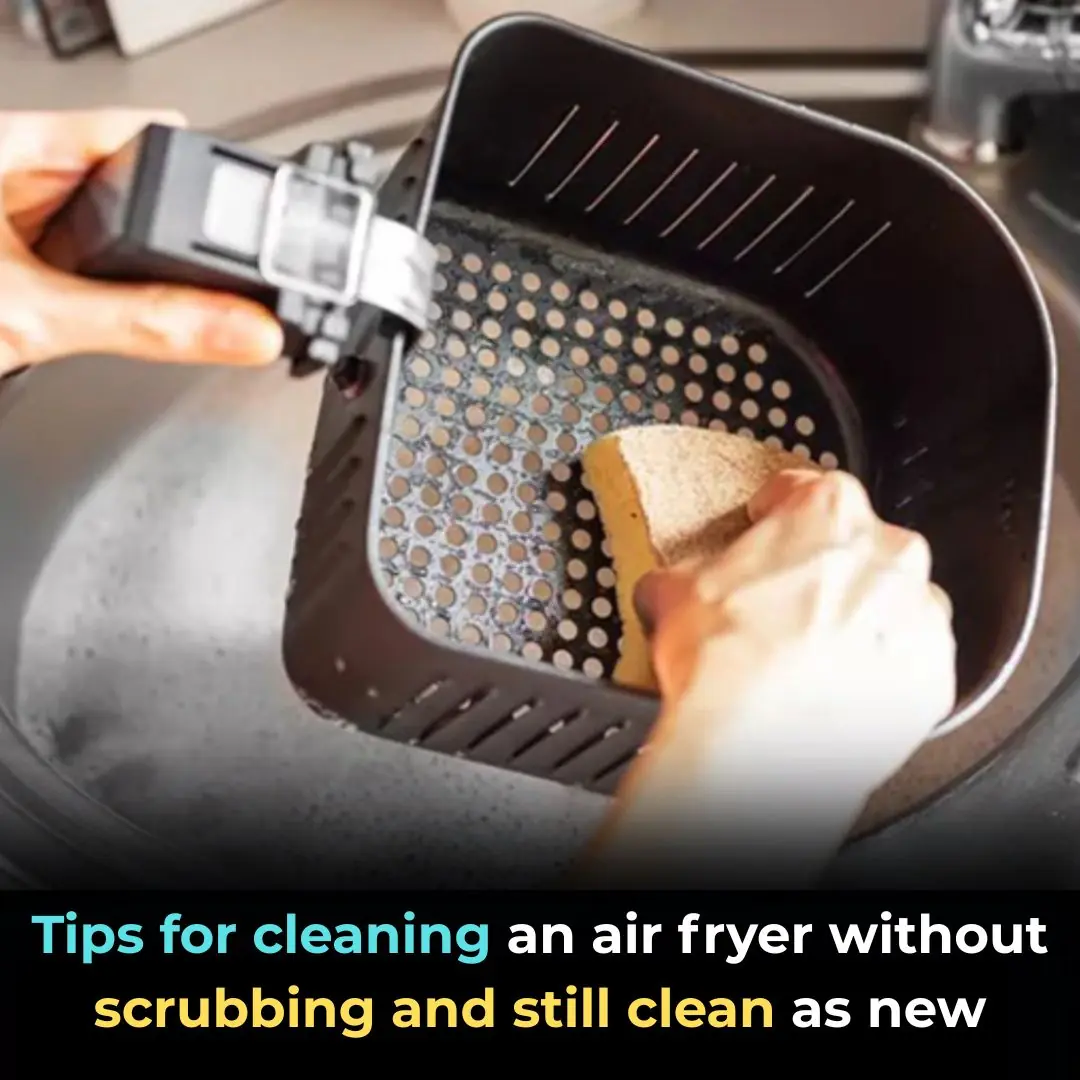
Tips for cleaning an air fryer without scrubbing and still clean as new

The water pipe is clogged, just blame this and it will be solved easily, no need to waste money calling a plumber.

How to clean the bathroom easily and effortlessly: It will stay clean and fragrant all week long

Simple tips for making crispy roast pork skin without much effort: Golden brown, crispy skin like in restaurants
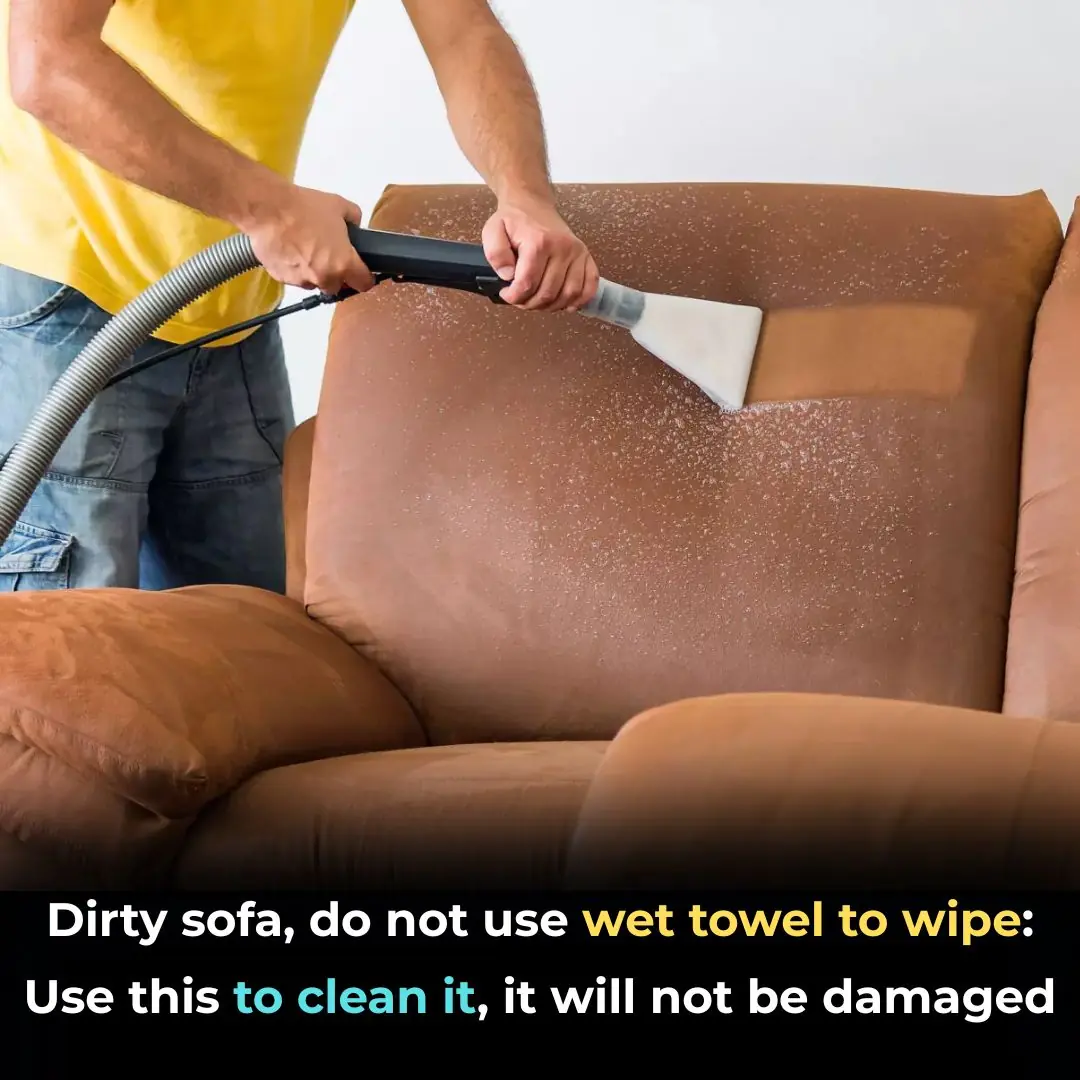
Dirty sofa, do not use wet towel to wipe: Use this to clean it, it will not be damaged

Drop this into the basin, clams and snails will release all the mud and dirt, making them 5 times more fattening.
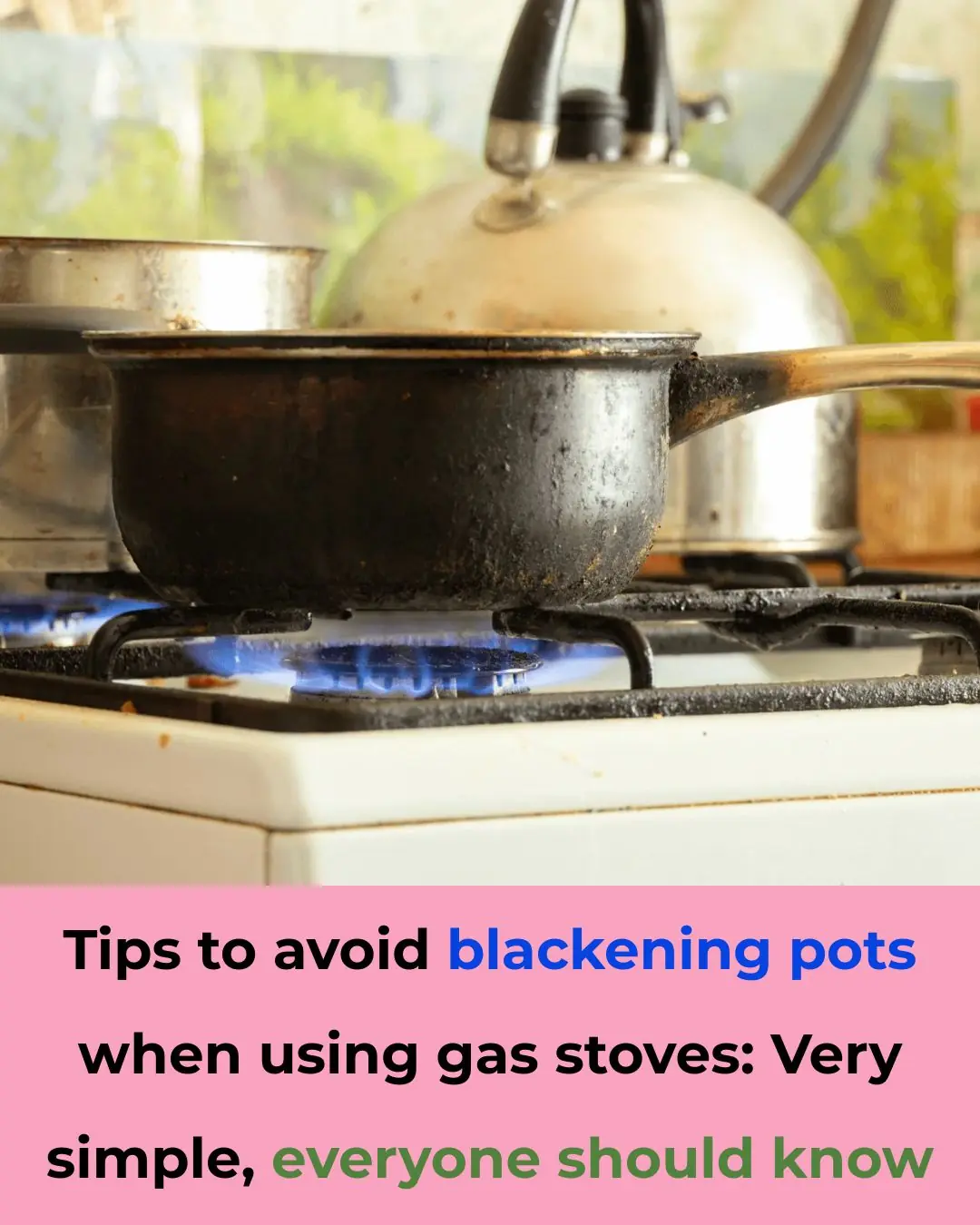
Tips to avoid blackening pots when using gas stoves: Very simple, everyone should know

Learn from the Japanese by soaking bananas in this water: Get a longevity food, not everyone knows

See why and how to choose melon effectively...
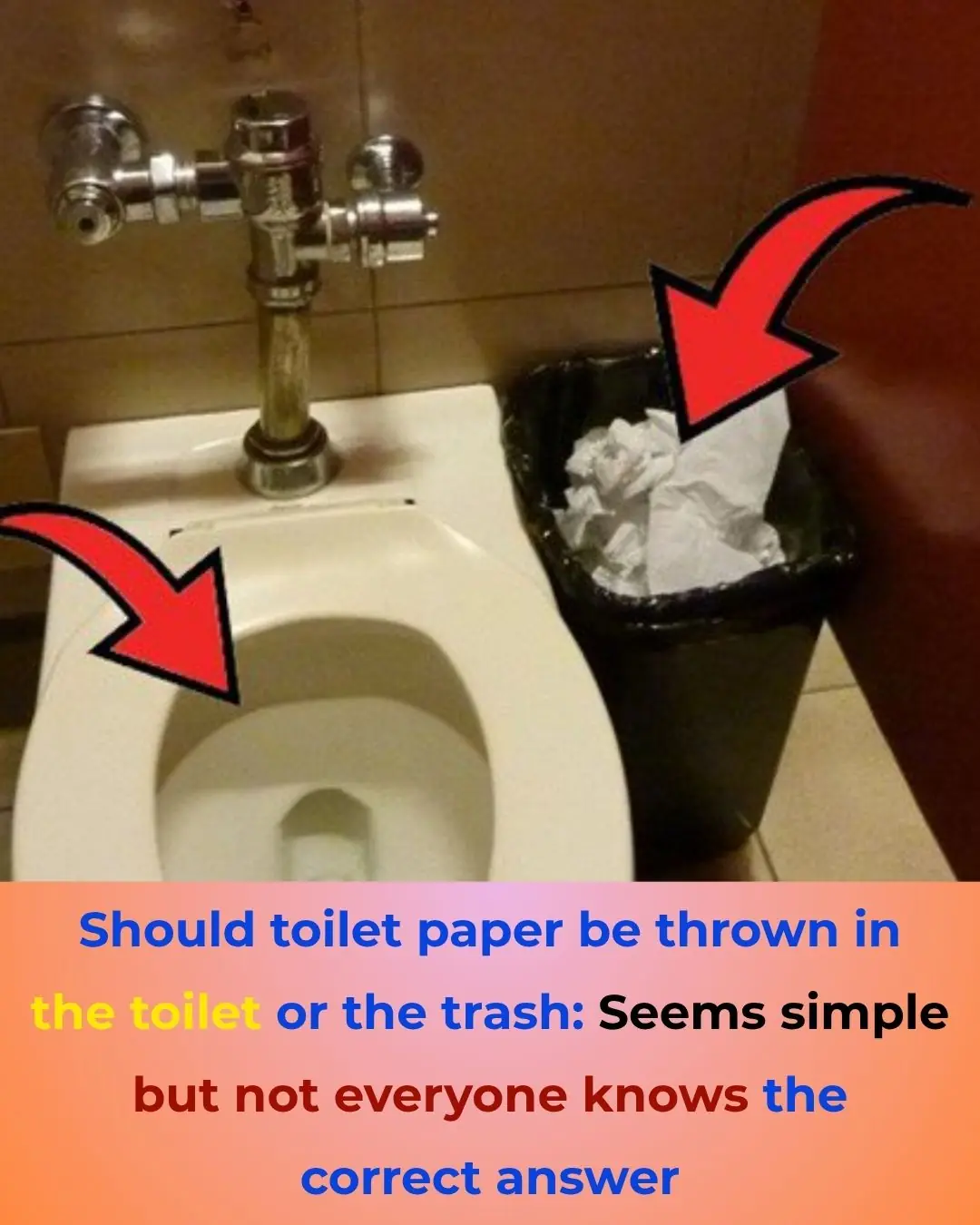
Should You Throw Toilet Paper in the Toilet or in the Trash?
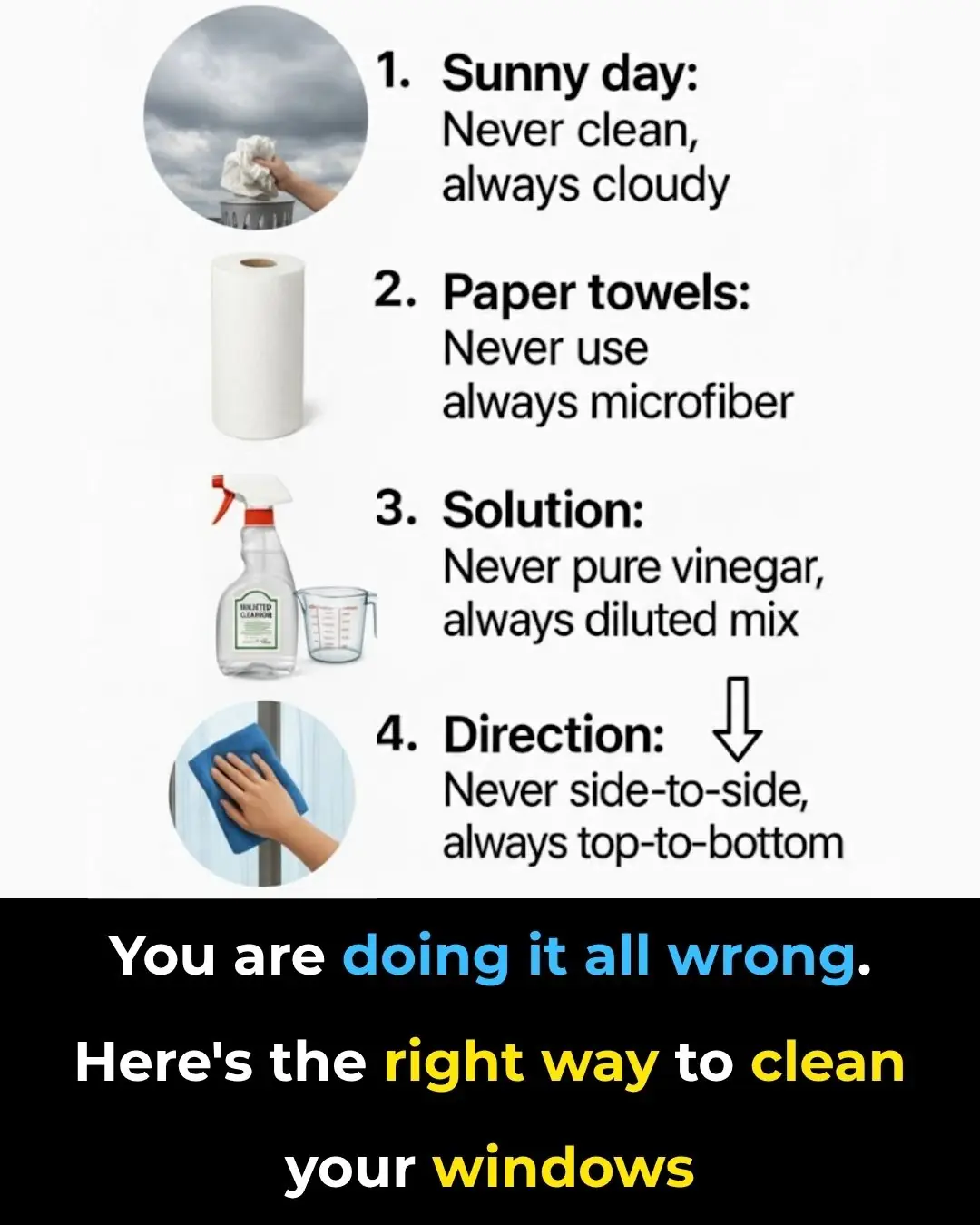
You are doing it all wrong. Here's the right way to clean your windows
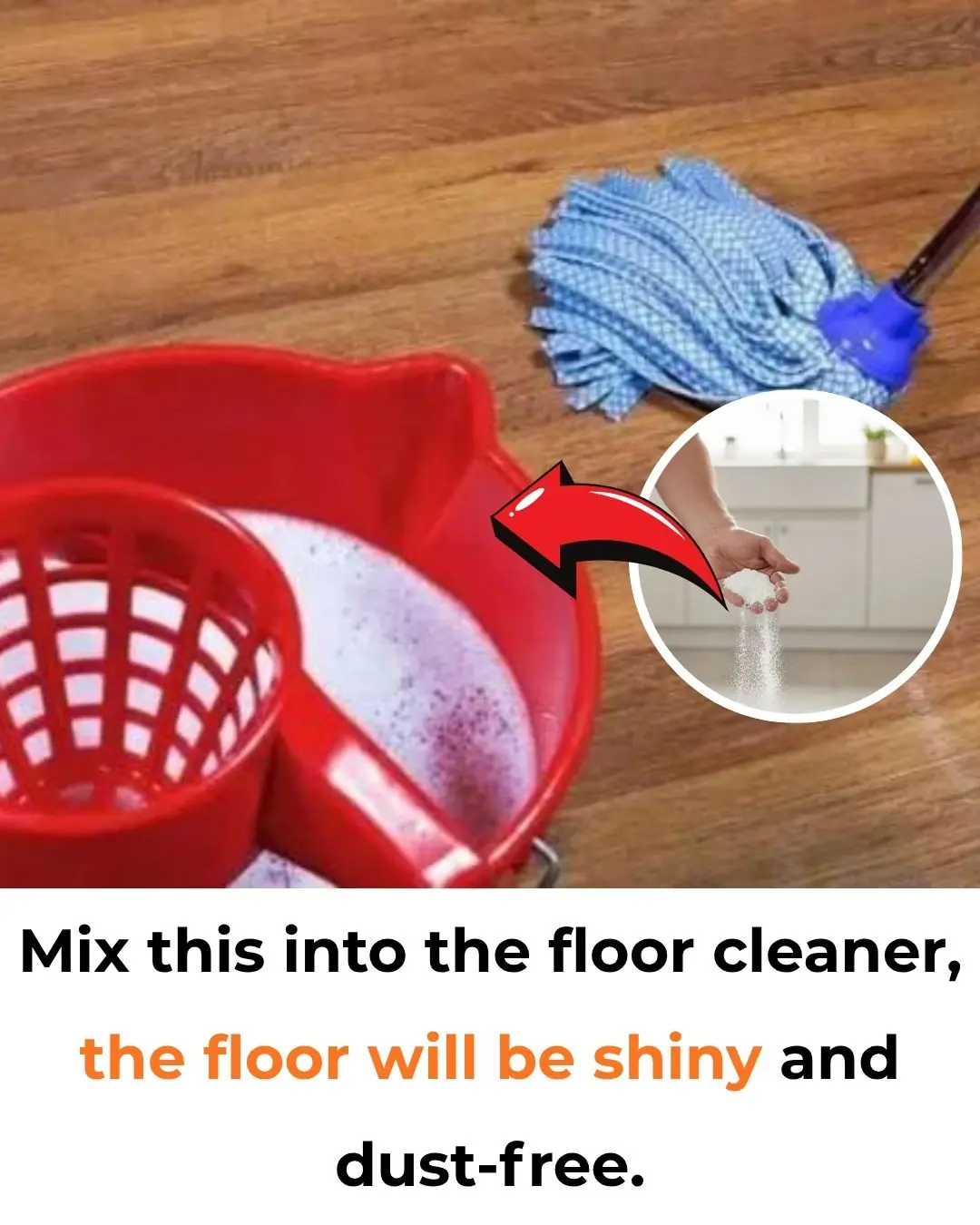
Add This to Your Mopping Water – Your Floors Will Shine Like New and Stay Dust-Free for a Whole Week

Hidden Smartphone Tricks You Didn’t Know About

Were you aware of this? Wow, I discovered something new!
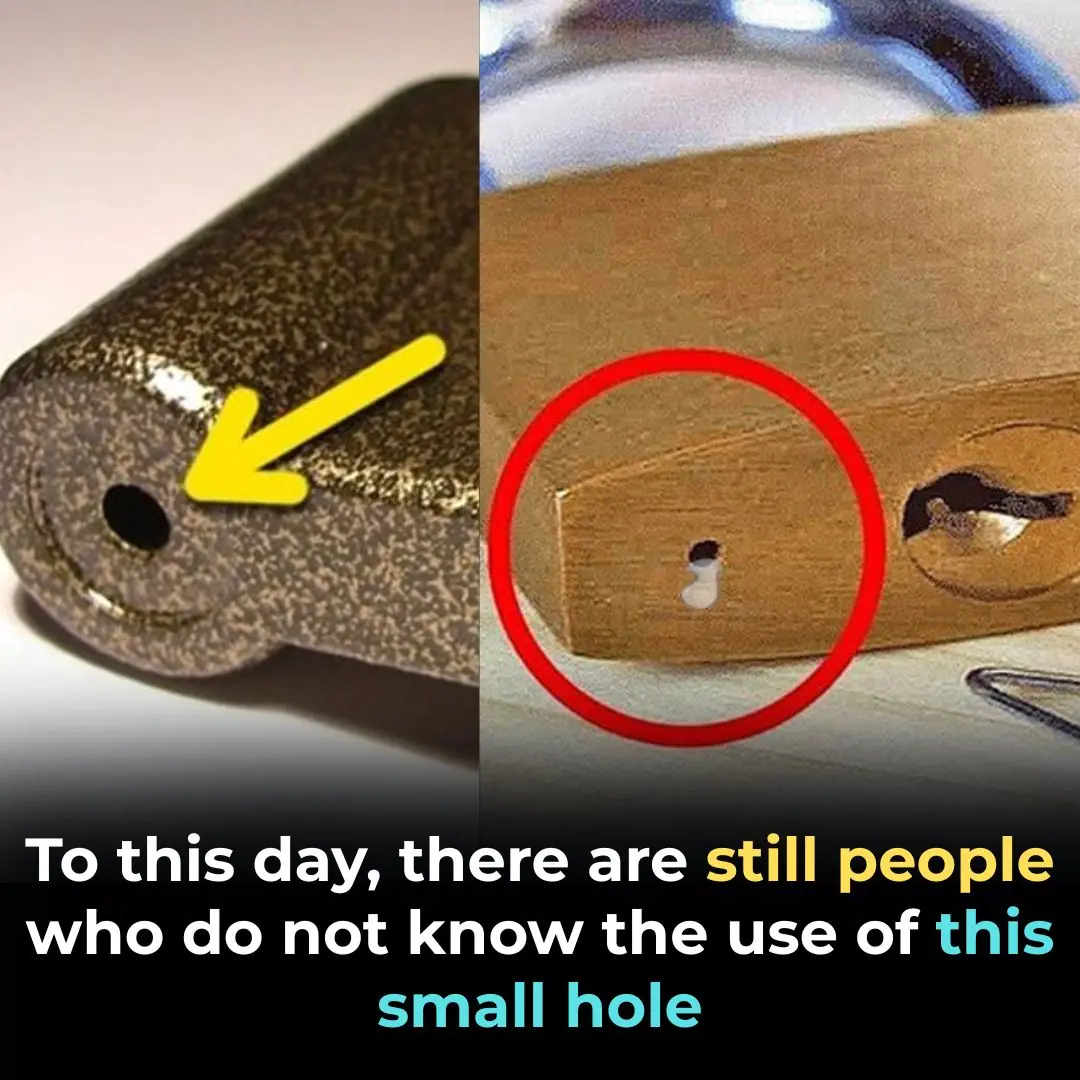
The Uses Of This Small Hole On a Padlock
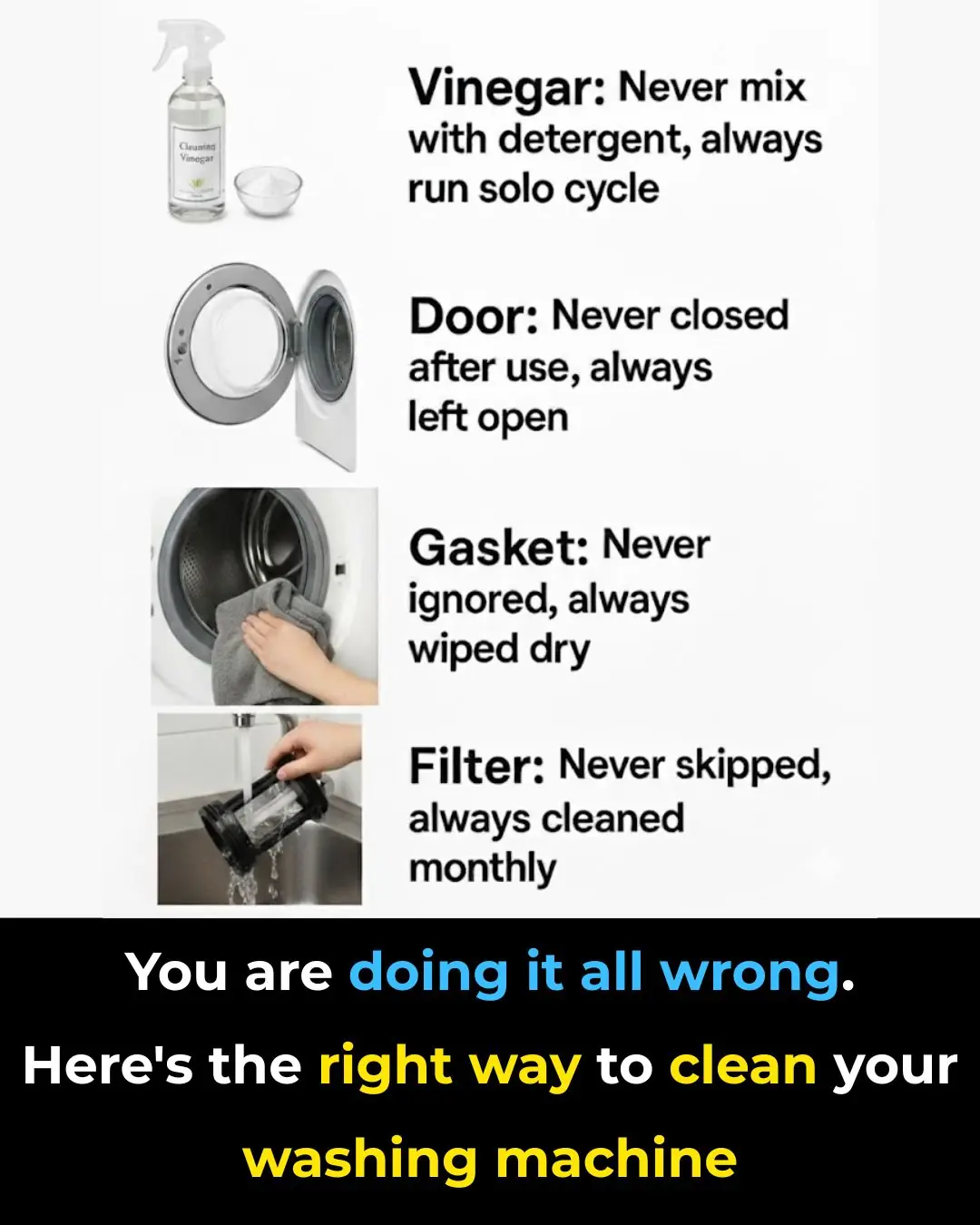
You are doing it all wrong. Here's the right way to clean your washing machine

You are doing it all wrong. Here's the right way to store spices
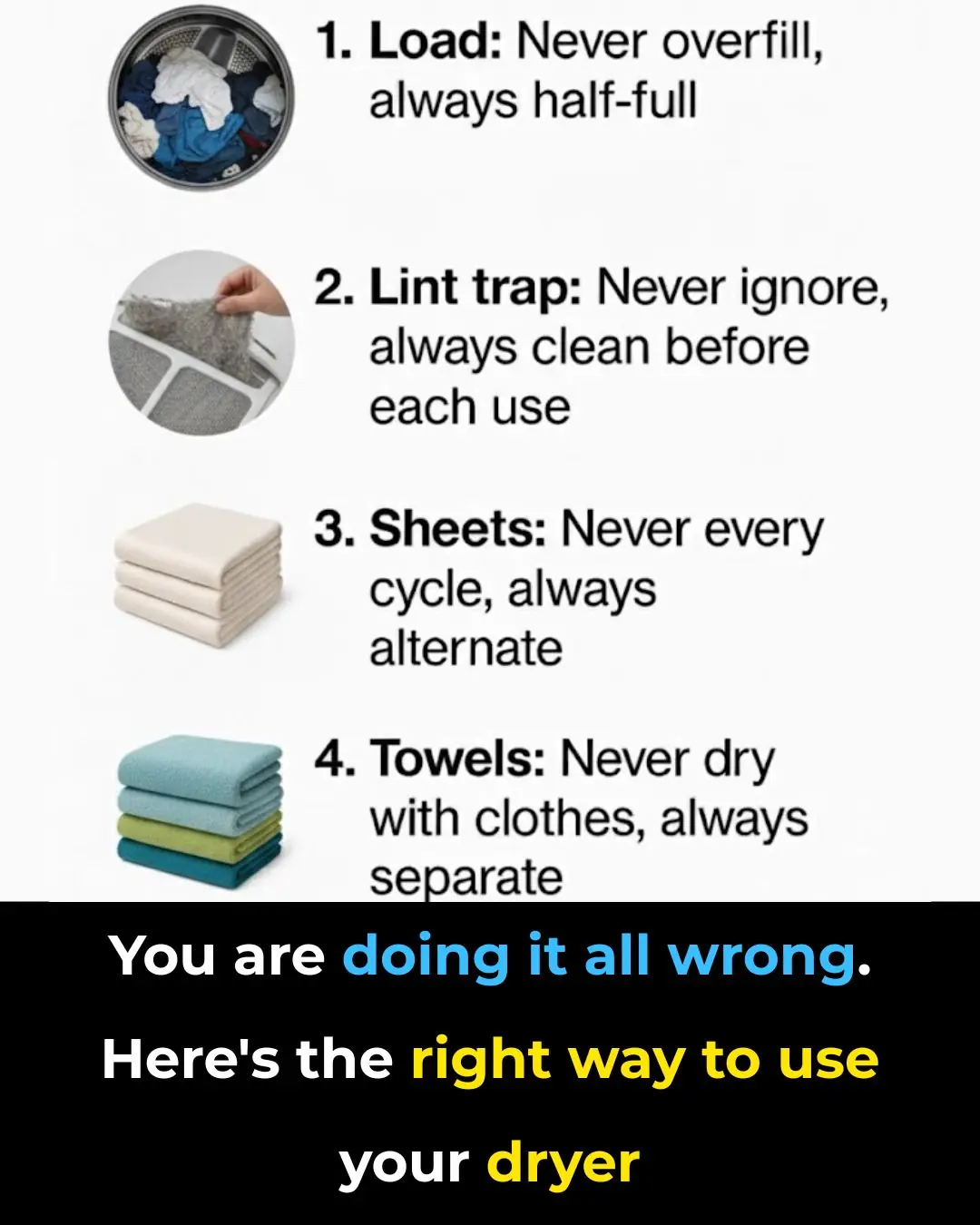
You are doing it all wrong. Here's the right way to use your dryer
News Post

The #1 Food for Detoxifying and Supporting Kidney Health

Dark Chocolate and Tea Found to Significantly Lower Blood Pressure

Why This Doctor Refuses to Prescribe Statins for High Cholesterol

Top 5 Foods to Avoid if You Have High Blood Pressure
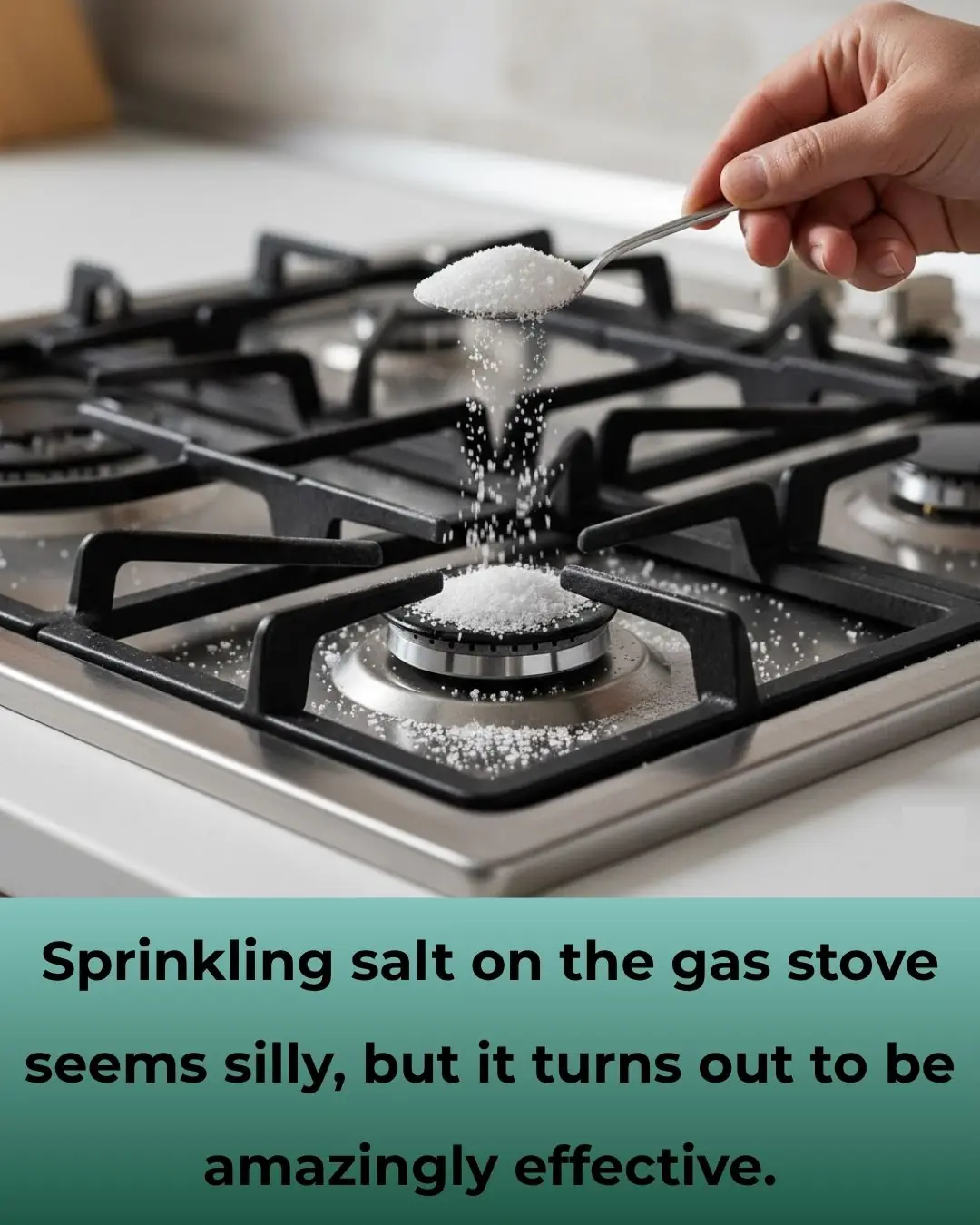
Why You Should Sprinkle Salt on Your Gas Stove

3 Flowers That Make Snakes Tremble — Natural Repellents You Can Grow at Home
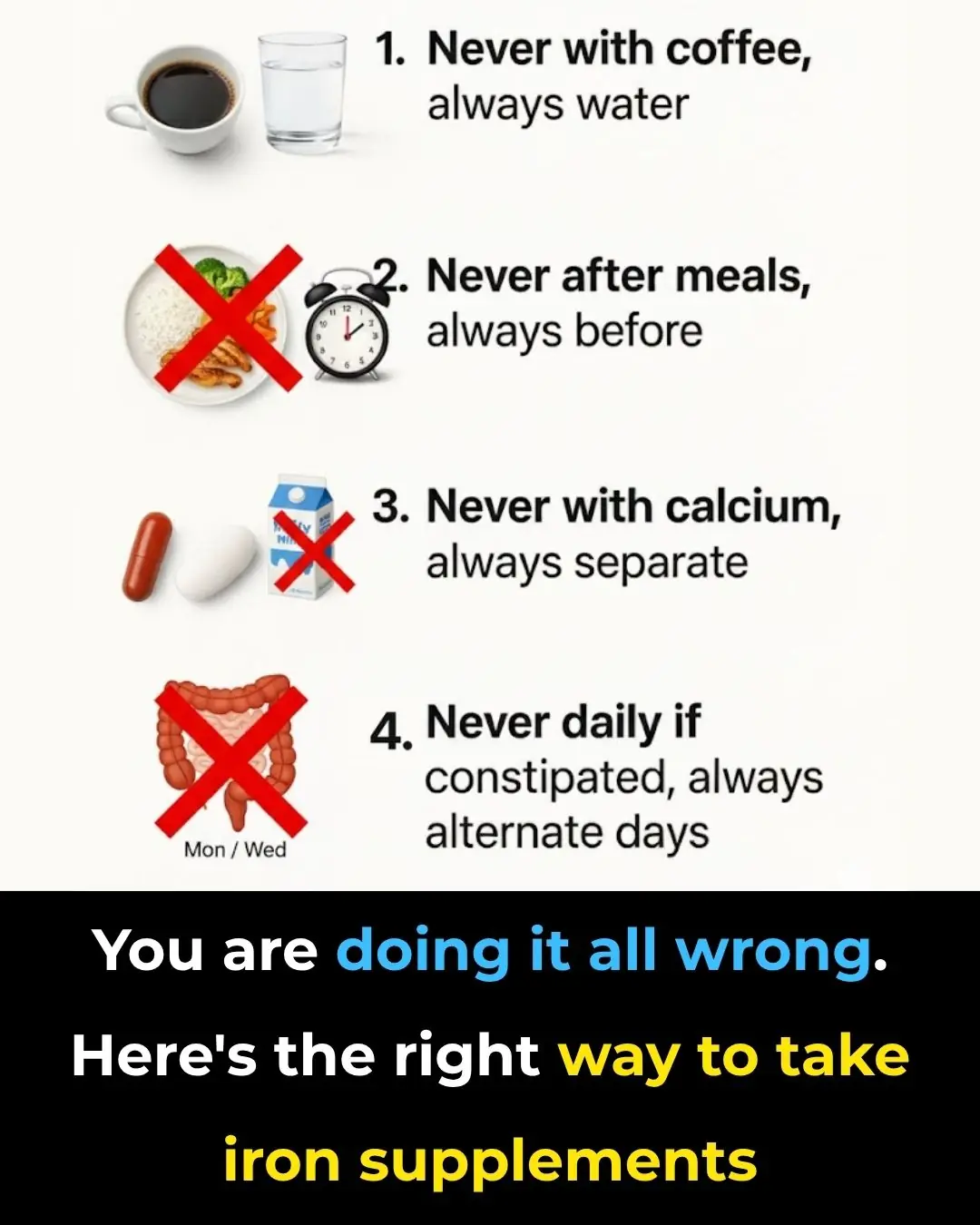
You’re Taking Iron Supplements Wrong — Here’s the Science-Backed Way to Do It Right
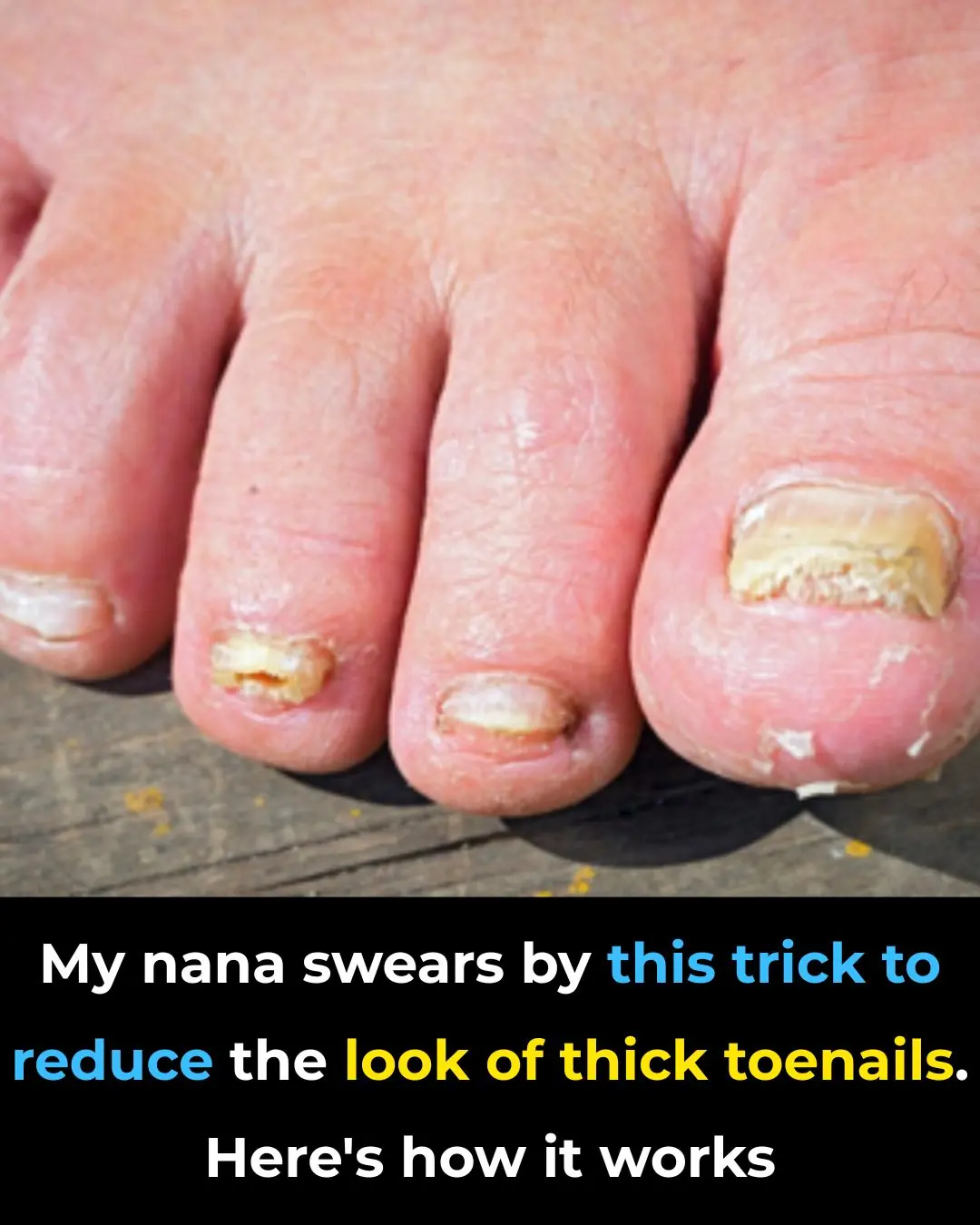
Nana’s Baking Soda Hack: The Surprisingly Effective Trick to Soften and Thin Thick Toenails

Never Mix Medications in One Box: 10 Serious Risks Most People Don’t Know

The Right Way to Take Ashwagandha: A Science-Backed Guide to Unlock Its Full Potential

Shrimp injected with impurities is easy to distinguish: Smart people will see this point

Tips for cleaning an air fryer without scrubbing and still clean as new

25 Incredible Health Benefits of Goosegrass

The water pipe is clogged, just blame this and it will be solved easily, no need to waste money calling a plumber.

How to clean the bathroom easily and effortlessly: It will stay clean and fragrant all week long

Simple tips for making crispy roast pork skin without much effort: Golden brown, crispy skin like in restaurants

How bathing too often can affect your health

Dirty sofa, do not use wet towel to wipe: Use this to clean it, it will not be damaged

Drop this into the basin, clams and snails will release all the mud and dirt, making them 5 times more fattening.
